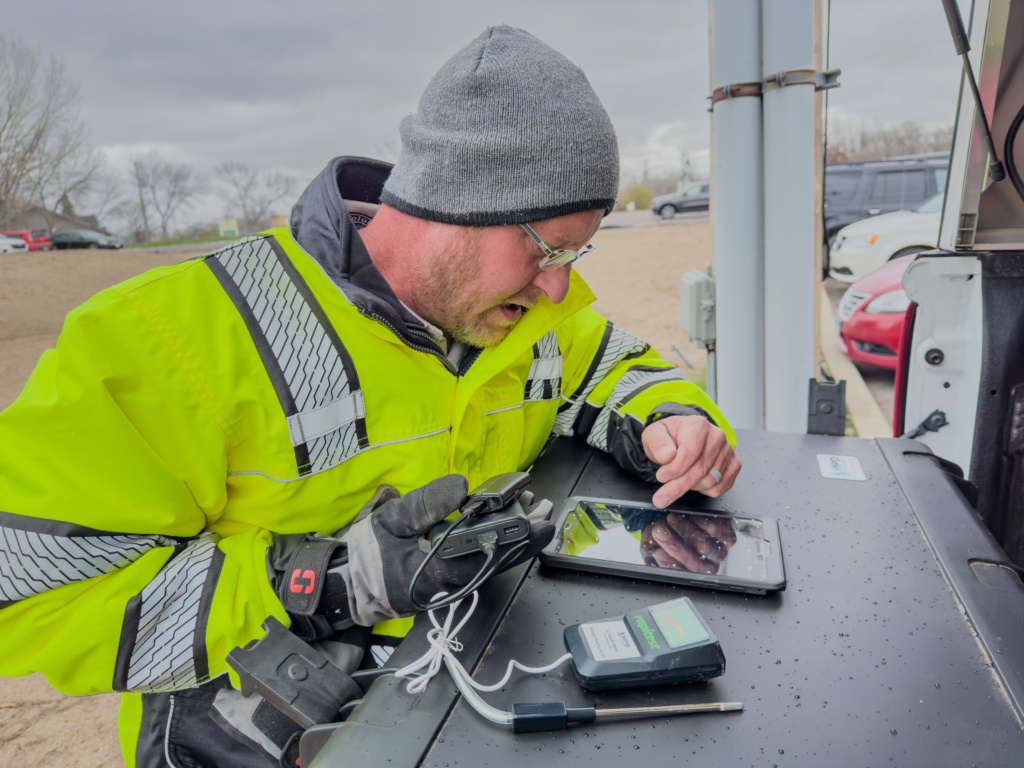Top 10 Benefits Of Infiltration Testing

An infiltration test offers a valuable tool for understanding your soil’s drainage capacity, providing crucial data for informed decisions about irrigation, land management, and plant health. By measuring how quickly water moves through the ground, this test empowers you to optimize watering schedules, prevent overwatering or underwatering, and ultimately promote healthy plant growth and maximize your project’s potential.
Here are the top ten benefits of conducting an infiltration test:
- Accurate Site Characterization: By measuring hydraulic conductivity, you gain valuable insights into the permeability of the soil or subsurface material. This information isn’t just beneficial; it’s crucial for various engineering and environmental applications. Whether planning a construction project or assessing a site’s ecological impact, infiltration testing provides the data you need for informed decisions.
- Groundwater Management: Understanding hydraulic conductivity is essential for managing groundwater resources effectively. It aids in assessing groundwater flow rates and directions, facilitating informed decision-making regarding water extraction, recharge, and contamination remediation strategies.
- Environmental Impact Assessment: Hydraulic conductivity testing provides critical data for environmental impact assessments, particularly in areas where contamination or pollution may occur. It helps evaluate the potential for contaminants to migrate through the subsurface, guiding the development of remediation plans to mitigate environmental risks.
- Design of Infrastructure: Knowledge of hydraulic conductivity is indispensable for projects involving the construction of infrastructure such as groundwater wells, tunnels, or drainage systems. It allows engineers to design these structures optimally, considering factors like groundwater flow rates and the potential for seepage or infiltration.
- Validation of Models: Hydraulic conductivity data obtained from field tests are valuable for validating hydrogeological models. These models simulate groundwater flow and contaminant transport scenarios, and the accuracy of their predictions relies heavily on the quality of input parameters such as hydraulic conductivity.
- Informed Decisions on Irrigation: Understanding how quickly water moves through the soil (hydraulic conductivity) is crucial for designing efficient irrigation systems. Infiltration testing measurements help determine optimal irrigation rates to avoid underwatering or overwatering crops, reduce wasted water, and promote healthy plant growth.
- Predicting Erosion and Leaching: High hydraulic conductivity can lead to rapid water movement through soil, potentially causing erosion and nutrient leaching. An infiltration test helps assess this risk, allowing for preventative measures such as cover crops or terracing to minimize soil loss and nutrient depletion.
- Effective Landfill Management: Landfills rely on specific liners to prevent groundwater contamination. Infiltration testing measurements of the soil surrounding the landfill help assess its suitability for containing leachate, a byproduct of waste decomposition. This information is vital for designing and maintaining effective landfill covers.
- Design of Drainage Systems: When designing drainage systems for roads, buildings, or sports fields, it’s essential to understand how quickly water can move through the underlying soil. Infiltration testing measurements provide critical data for engineers to design drainage systems that effectively manage stormwater runoff and prevent flooding.
- Groundwater Recharge Estimation: Infiltration testing is crucial in estimating how much water can infiltrate the ground and replenish groundwater aquifers. Hydrologists can develop models to predict groundwater recharge rates by measuring infiltration, which is essential for managing water resources.
Overall, conducting infiltration tests contributes significantly to informed decision-making, efficient resource management, and environmental and public health protection. You are no longer relying on vague ranges provided by soil surveys. Also, use it to quickly verify the construction of these practices before authorizing payment to your contractor.
Contact us for your infiltration test today and unlock the secrets of your soil!
